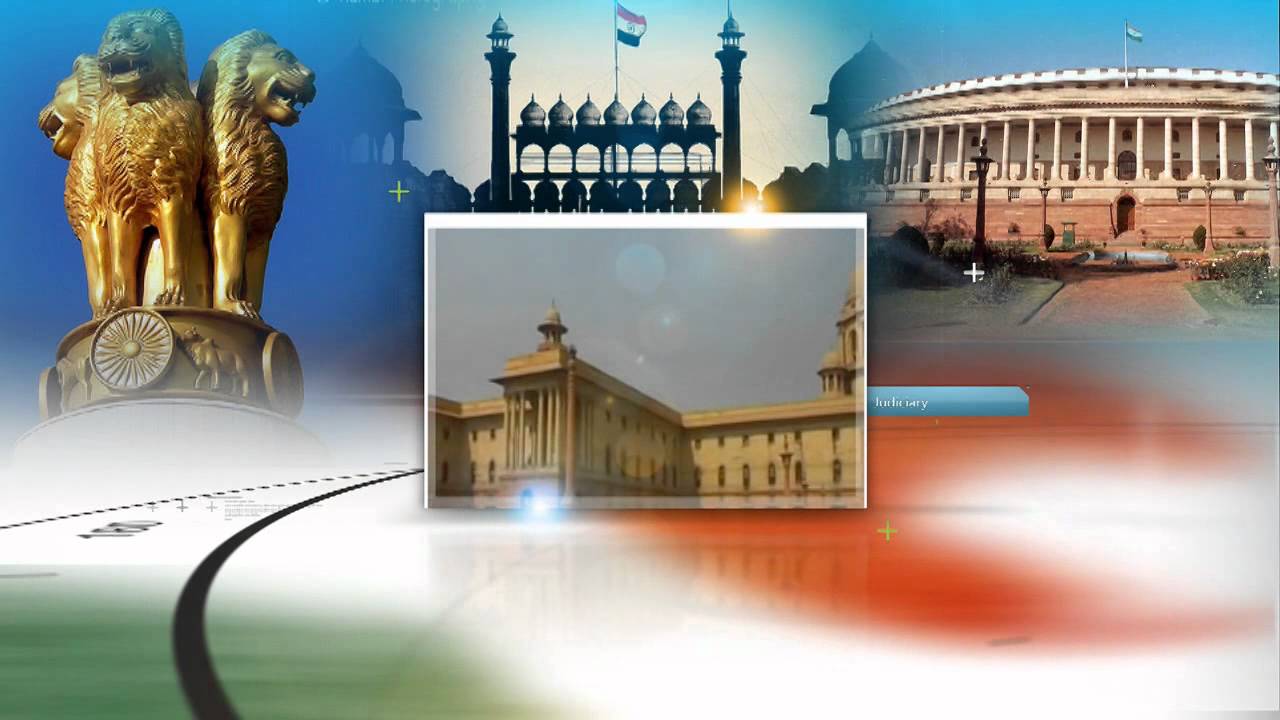Font size:
Print
Quantum Supremacy Demonstrated with a Simple Game
Context: Researchers from the University of Oxford and Universidad de Sevilla have recently demonstrated quantum supremacy using a simple game, marking a significant milestone in quantum computing. Their findings were published in Physical Review Letters in February.
The Quest for Quantum Supremacy
- Quantum supremacy refers to the ability of a quantum computer to perform a task that a classical computer cannot achieve or would take much longer to complete.
- Previous attempts at proving quantum supremacy involved complex problems, such as random circuit sampling by Google and Gaussian boson sampling by researchers in China.
- These problems are difficult to verify and require specialised equipment.
The Odd-Cycle Graph and the Colouring Game
- The researchers borrowed a concept from the odd-cycle graph to design their quantum supremacy test.
- The task is to colour a circle containing an odd number of points (e.g., 3 points) with two colours (blue and red) such that no two adjacent points share the same colour. This is mathematically impossible.
- A simple game was designed to represent this problem:
- Two players, Alice and Bob, must answer questions about the colour of points in the circle.
- They must answer consistently when asked about the same point, but with different colours when asked about adjacent points.
Classical Performance vs. Quantum Advantage
- In a classical setting, players agree on a colouring pattern beforehand, which results in an 83.3% win rate for a 3-point circle.
- Quantum players, using entangled particles, are able to outperform the classical strategy significantly.
Quantum Game Setup
- The researchers used two entangled strontium atoms placed 2 meters apart.
- The atoms were manipulated using laser pulses to perform quantum operations that correlate with the points on the circle.
- Alice and Bob measure their atoms to determine the colour, mapped to binary values (0 or 1), and report it to the referee.
Experimental Result
- The researchers played the game 101,000 times, testing circles containing 3 to 27 points.
- For the 3-point circle, the quantum system achieved a win rate significantly higher than the classical scenario (83.3%), reaching 97.8%.
- The remaining 2.2% discrepancy was attributed to noise in the entanglement process.
Entanglement and Correlation Strength
- The team achieved the strongest correlation ever observed between two separated quantum systems during the entanglement check.
- This showcases the power of quantum entanglement, where the state of one particle instantaneously affects the other.
Implications and Practical Applications
- This demonstration of quantum supremacy with a simpler setup compared to previous experiments (like Google’s 53-qubit Sycamore processor) is a significant achievement in quantum computing.
- The odd-cycle game is a simple-to-implement method for demonstrating quantum supremacy, making it an attractive alternative to more complex methods.
- Rendezvous Task: The approach could have practical applications, such as the rendezvous task, where two or more agents must meet at a location without communicating. A classical computer would explore 1 million potential meeting points, whereas a quantum computer could do it in 1,000 steps using Grover’s algorithm.


